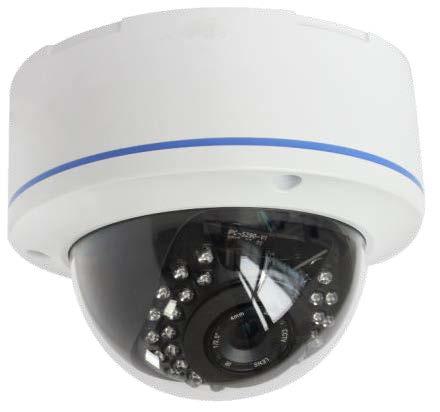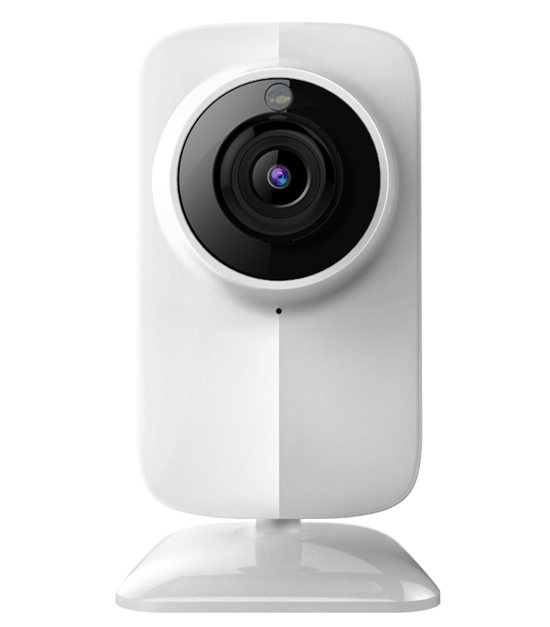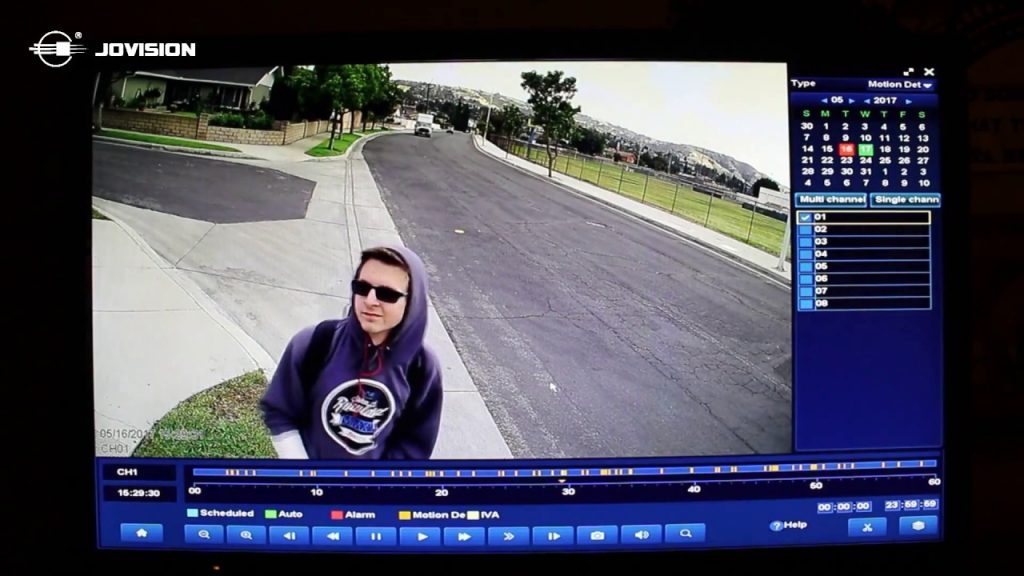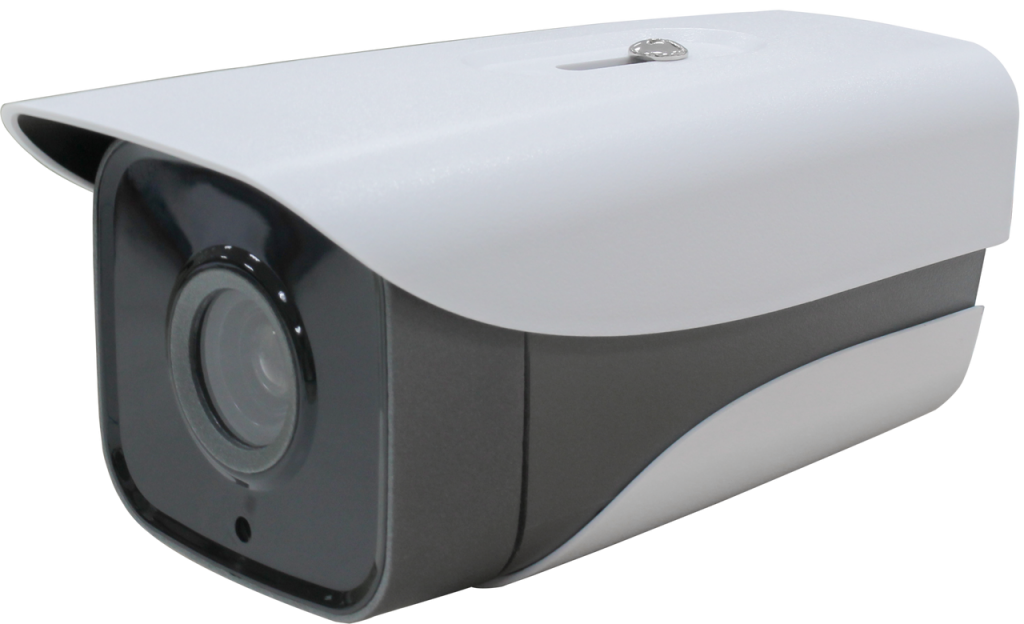There are plenty of security cameras out there, which one should I choose? Well, this is a big question and all depends on your needs.
Analog or Digital?
The first question is that if you are comfortable with router and WiFi configuration, i.e., the network stuff, choose the digital camera. If not, then you probably would like to choose CCTV, AHD (analog high definition) camera and DVR (digital video recorder). CCTV runs the coaxial cable using BNC connectors between each analog camera and the DVR. The DVR will digitize the analog video stream and record the digitized version on a local hard disk drive. Most modern DVR will merge the videos from different cameras (we also call it channels) and display locally or deliver the video contents through Internet. Users can remotely access the video footage using mobile APP or web browser.
If you use router and are comfortable with network, digital security camera, or network camera or IP camera (IPC) should be your choice. Digital security cameras connect to your network using Ethernet (wired) or WiFi (wireless). There are many different ways to differentiate digital cameras.
Consumer Home Camera or Enterprise Camera:
There are two main types of digital security cameras out there: consumer camera and enterprise camera.
The consumer camera is installed in the consumer’s house, indoor or outdoor. It could take the form of a camera or doorbell. These cameras use the vendor’s proprietary communication protocol which fulfills peer to peer communication, i.e., the streaming of video from the camera that is in the local network of a consumer’s house to the mobile app at request. In many cases, the vendor also implements a motion detection algorithm inside the camera. When motion is detected, a video clip will be pushed to a cloud storage server for the consumer to review later along with an optional push notification. However, due to the limited computation power of consumer camera, the motion detection algorithm is not that reliable and will generate lots of false alarm. Now this type of consumer camera sometimes are also marketed as smart security camera. A typical consumer camera is like the one shown below.
The enterprise security camera takes form of bullet, dome, or PZT (pan, zoom, tilt). The bullet and dome version can also have the option to be able to zoom the lens electronically.

Compared to the consumer camera, one of the major difference is the focus length of the lens. The consumer camera normally has a focal length of 3.6mm, while the enterprise camera can have from 6mm to 35mm, or even 55mm. These camera can really watch far away. Both consumer and enterprise security cameras can have resolutions like 720p, 1080p and 4K. The enterprise security cameras encodes the video using RTSP and then wraps the video into a protocol called ONVIF. In stead of pushing video to cloud for storage, a NVR (network video recorder) can be used on premise to record the video locally. NVR is actually a digital version of the DVR for CCTV. NVR can be an actually dedicated box or a PC software like the one shown below. Like DVR, depending on how many cameras it can record and view, it can be specified as the number of channels.
Video Analysis
With the advent of artificial intelligence (AI), more and more advanced AI video analysis is being implemented in the camera now as todays camera chipset has something called NPU (neural processing unit). This allows neural network based algorithms, such as face detection, pedestrian detection, vehicle detection and face recognition can be implemented on the low price digital camera itself. At this age, there are so many information and our brain cannot keep up with the incoming information flow, and we don’t have enough brain bandwidth to exam the recorded video footage. The video analysis helps us just focus on the important information. An AI security camera is as below:
The AI security camera still keep the peer to peer live video view from mobile apps like consumer camera, and also we can record video using NVR locally.


